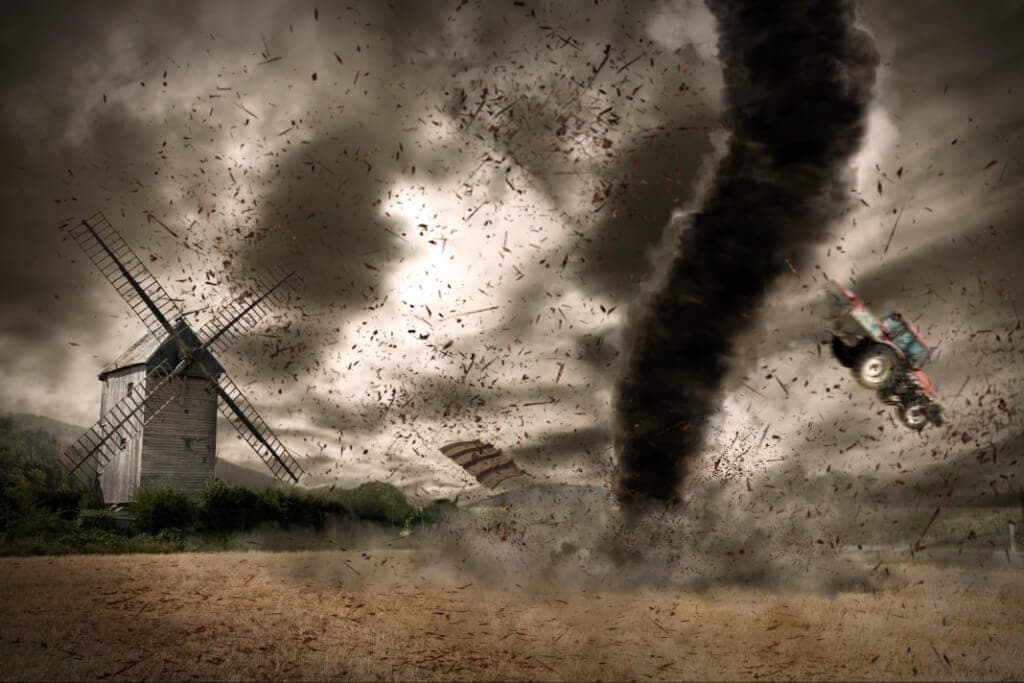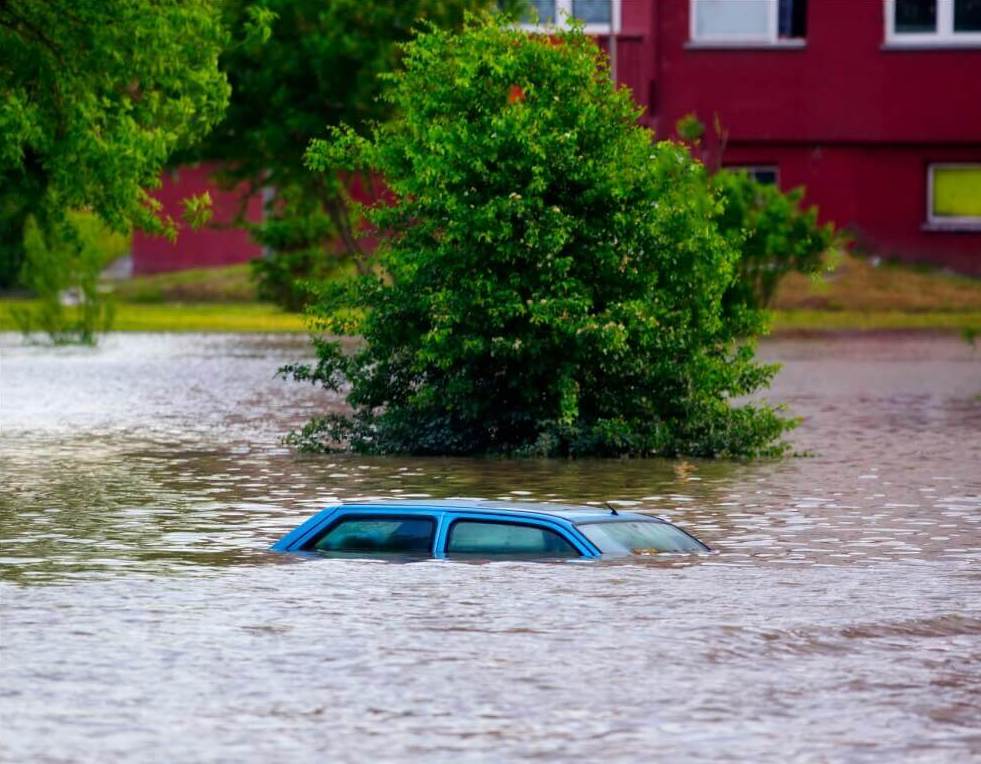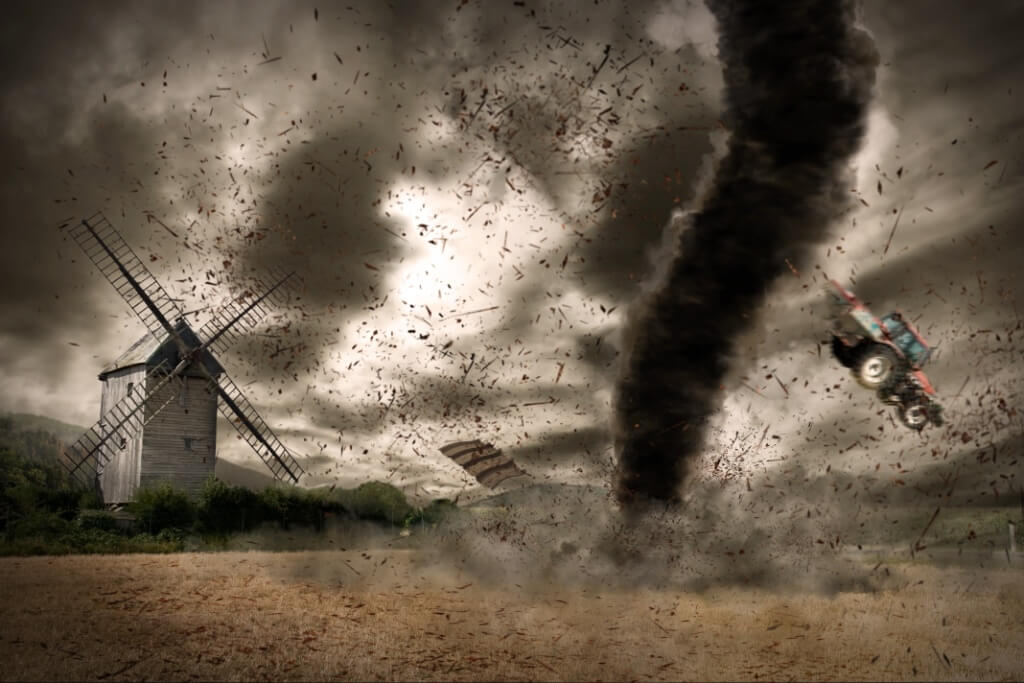
Natural hazards are events that take place in nature that cause harm. The word “natural” is used to note that the disaster is caused by nature.


OR
It is defined as a serious disruption of the functioning of a community or a society.
OR
Natural hazards are severe and extreme weather and climate events that occur naturally in all parts of the world. Some regions are more vulnerable to certain hazards than others.
OR
A natural hazard is a threat of a naturally occurring event, which will have a negative effect on humans.
OR
Biological, hydrological, geological, meteorological, or seismic conditions that may cause a disaster.
Some examples of natural hazards are:
| Earthquakes | Hurricanes |
| Floods | Tsunamis |
| Sinkholes | Hail storms |
| Landslides | Heat wave |
| Cyclones | Wildfires, etc… |
It might also be helpful to keep in mind that one natural hazard can lead to another. i.e., an earthquake can cause a tsunami.
Difference between Natural Disaster & Natural Hazard:
Things that take place in nature that cause harm are described as Natural hazards. The word “natural” is used to note that the disaster is caused by nature.
It is a threat of a naturally occurring event that will have a negative effect on people or the environment.
Many natural hazards are interrelated, e.g. earthquakes can cause tsunamis and drought can lead directly to famine or population displacement.

Natural disasters are the effects of natural hazards on humanity.
A natural hazard will not result in a natural disaster in areas without vulnerability, e.g. strong earthquakes in uninhabited areas.
The term natural has been disputed because the events simply are not hazards or disasters without human involvement.
The 2001 Bhuj earthquake was a disaster, whereas earthquakes are a hazard.
Over and above one saying is there,
“Disasters occur when hazards meet vulnerability.”
































